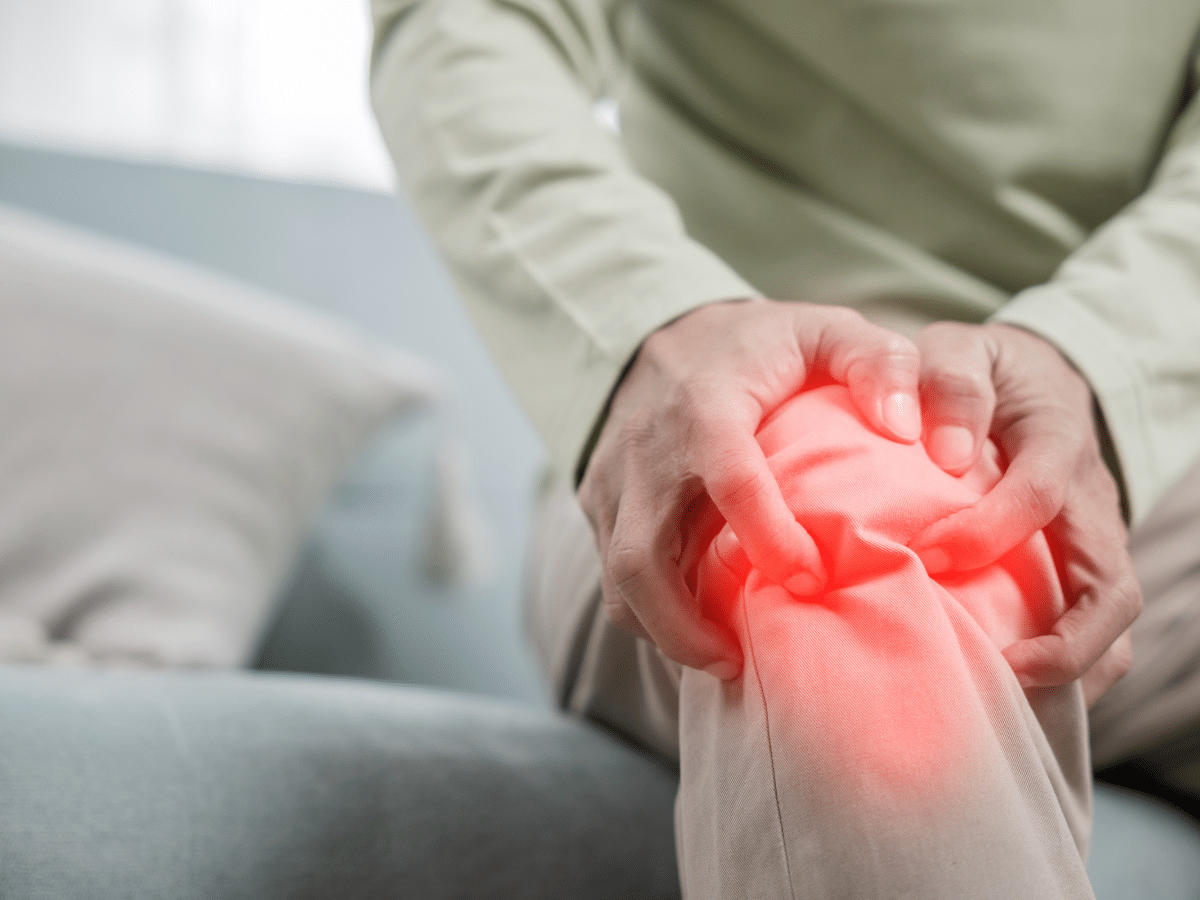Walkers and rollators make it so that individuals with mobility issues don’t just stay steady on their feet, but have the ability to walk from one spot to the next independently. Let it be known, however, that practicing walker safety is a must. Using a walker doesn’t automatically prevent falls. But they greatly help if the appropriate precautions are practiced!
Adjust the walker to the correct height.
Obviously, we all come in different shapes and sizes. As a result, walkers don’t come in the “one size fits all” variety. To maximize safety, a walker must be adjusted to appropriately manage the height of its user. As DailyCaring.com points out, a walker should fit a user’s arms comfortably in order to reduce stress on his/shoulders and back. The site offers a few tips on how to ensure the walker is at the right height.
“You’ll know it’s at the correct height when your older adult steps inside the walker and with shoulders relaxed and hands on the grips, their elbows bend slightly at a comfortable angle (about 15 degrees),” explains DailyCaring.com, “With arms relaxed at their sides, the top of the walker should line up with the crease on the inside of their wrist.”
Ensure that the walker’s legs are firmly on the ground before taking a step.
Walking with a walker may sound easy. But there’s certainly a technique to it that should be followed in order to ensure the safety of its user. As you may have guessed, a user’s upper body strength is important as he/she must lift the walker up and place it in front of him/her before moving forward. On HugoAnywhere.com, the appropriate technique for walking with a walker is explained in greater detail.
“When walking, place your strong foot forward first, then move your other foot forward,” advises the website, “Pick up and move the walker, then, when the walker is firmly back on the ground, take your next steps… Do not hold your walker too close to you or too far away. Take small, confident steps to establish a comfortable and safe rhythm with your walk.”
Secure your balance when getting up from a seated position.
Of course, the same is also true for sitting down from a standing position. It’s important to note that a walker should not be used to help an individual get up or sit down. If you’re a walker user, DailyCaring.com says it’s best that you back up to a chair until your legs touch it. Then, use your hands to feel behind for the seat of the chair or the chair’s arms. Slowly, lower yourself into the chair using its arms for support if you need it.
To stand up, says the website, “hold the chair’s arms and push up using your arms. When standing, hold the walker’s handles. Don’t ever pull on or tilt the walker to help you stand up.”
At LifeCare Mobility Solutions, we have a number of high-quality wheeled walkers and rollators to choose from. If you have any questions, please don’t hesitate to call us at 416-267-9800 or email us at info@lifecaremobility.ca. You may also contact us by filling out the form on our Contact page!













































